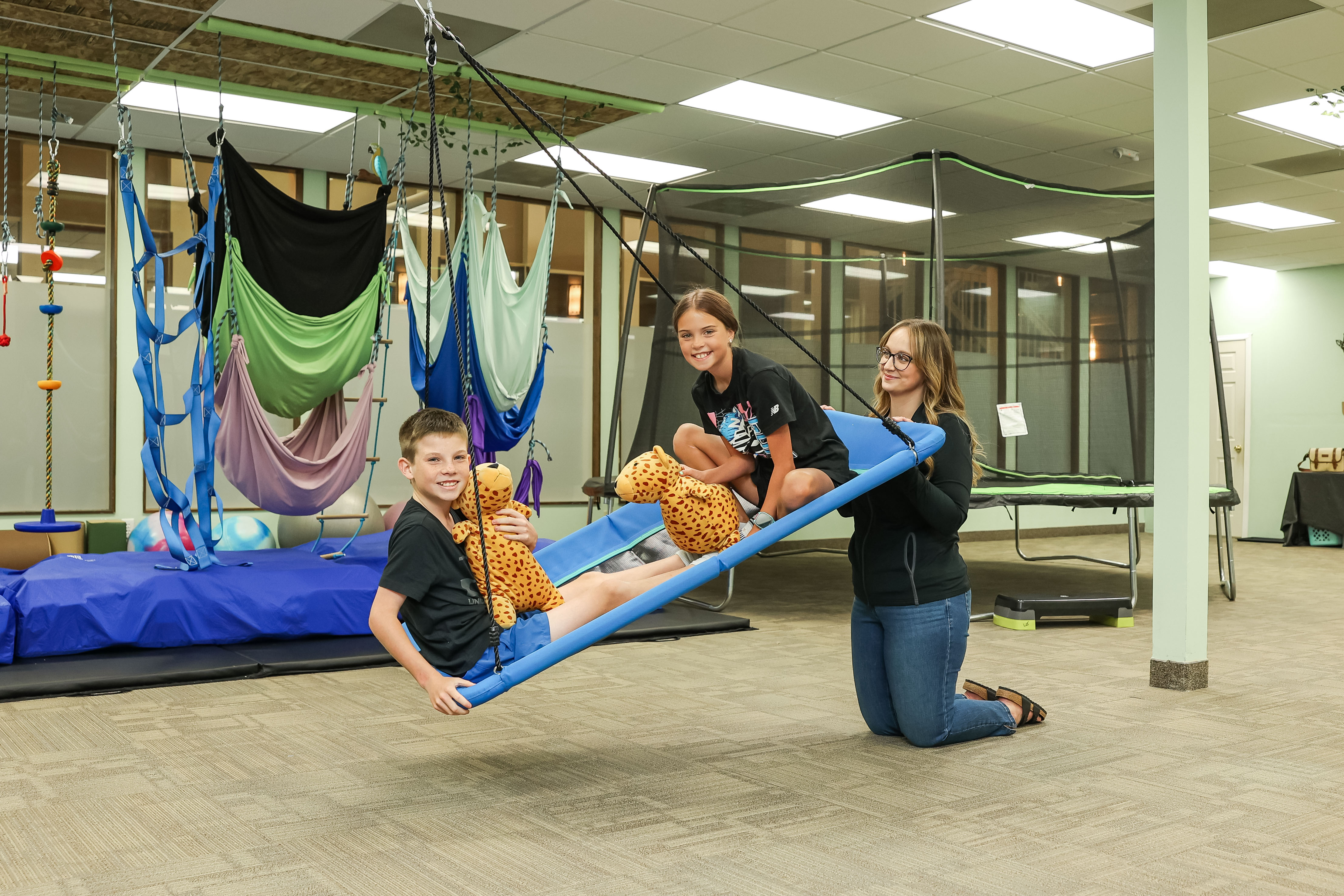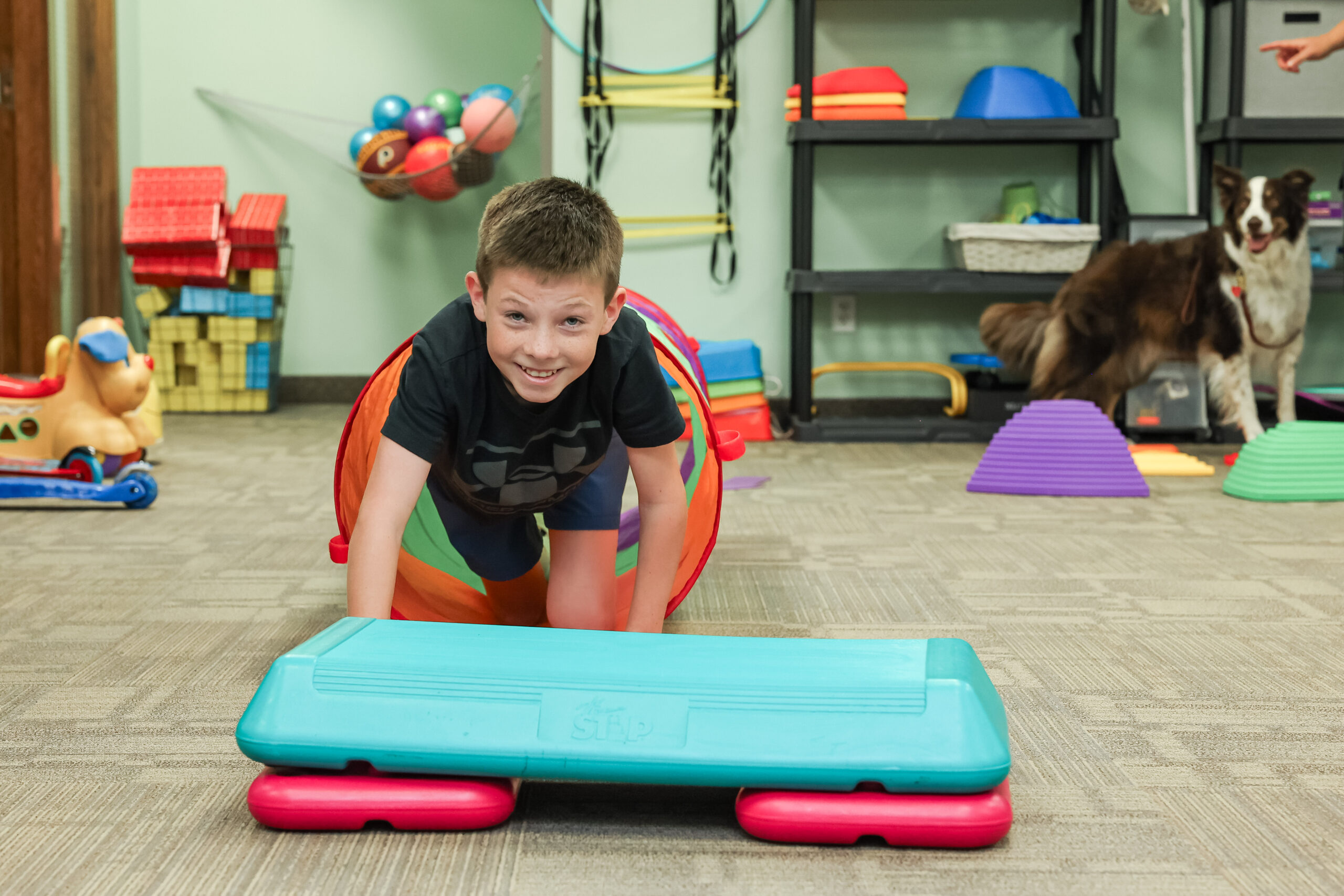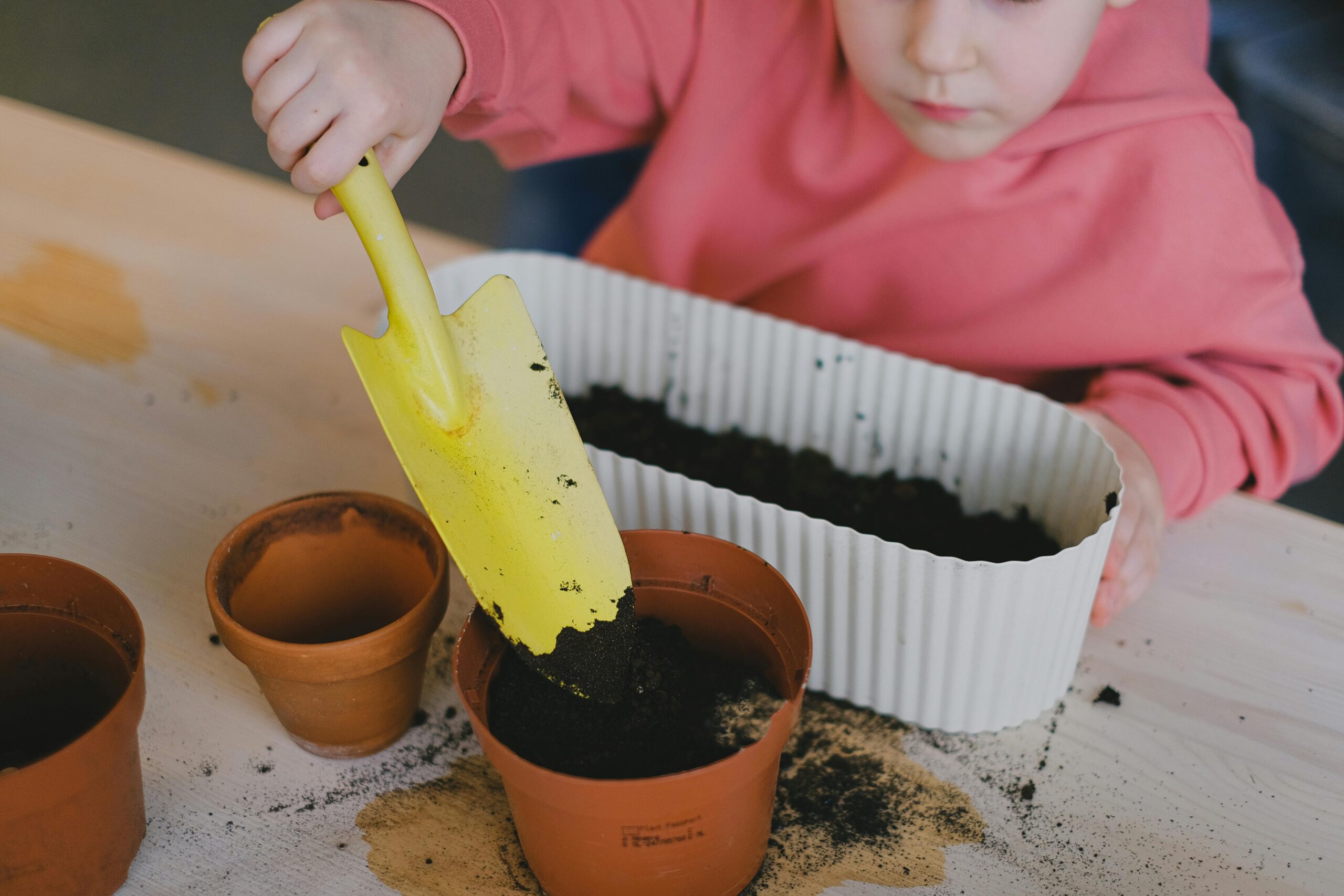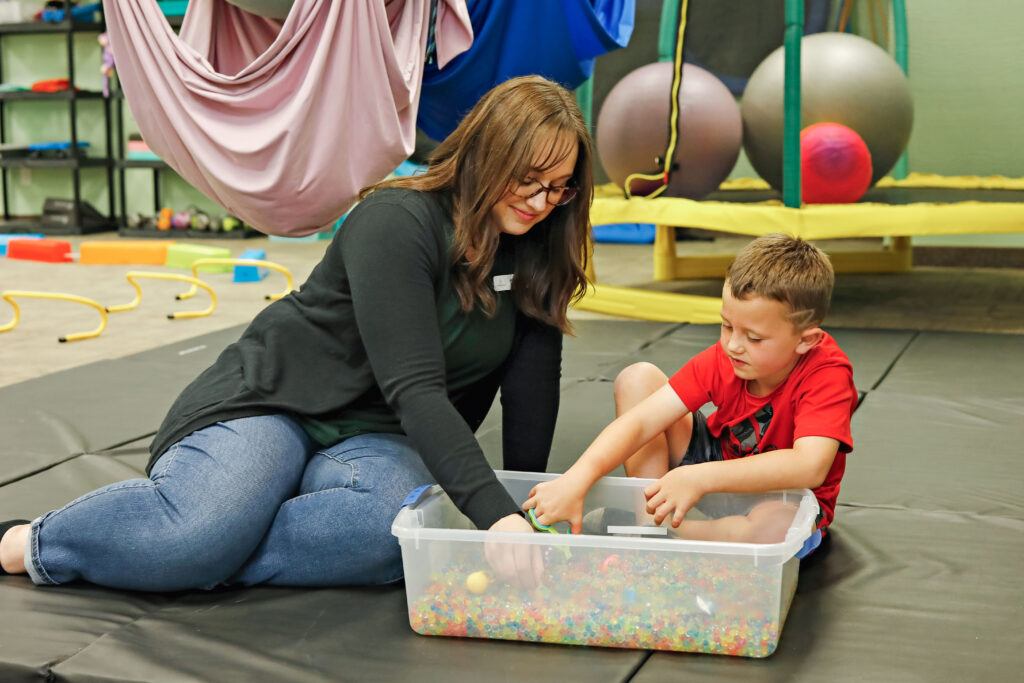Children learn about the world through their senses: sight, hearing, touch, taste, and movement. But for some kids, these normal feelings might be too much or too confusing. This might be a sign of Sensory Processing Disorder (SPD), which is a disorder that changes how the brain processes sensory information.
More and more parents in Billings are looking for professional help, such as sensory therapy and advice from a qualified occupational therapist for SPD, to help their kids deal with sensory issues and do well in everyday life.
What is Sensory Processing Disorder (SPD)?
When a child’s brain has trouble processing and responding to sensory input, they have SPD. Kids with SPD could react too strongly to some things or not as all to others. A youngster may do something like:
- Cover their ears when they hear ordinary sounds
- Stay away from particular foods or textures
- Always fidget or move around
- Have trouble with balance or coordination
These problems can make it hard to study, get along with others, and do everyday things, so it’s important to get help as soon as possible.
Signs Your Child Might Need Sensory Therapy
Not all kids who are sensitive to noises or textures have SPD, but if they keep having problems, they might want to see a occupational therapist for SPD. Some common indicators are:
- Overreacting to light, sound, touch, or movement
- Having trouble with clothes, shoes, or textures
- Having trouble with changes in routine or transitions
- Having trouble focusing in school or finishing work
- Having meltdowns or being upset often in places with a lot of sensory input
If you see a lot of signs that are consistently affecting your child’s daily life, it’s time to think about getting a professional evaluation.
How sensory therapy helps kids with SPD
Sensory therapy is a type of occupational therapy that helps kids learn how to interpret and respond to sensory information in a balanced way. Some of the main benefits are:
1. Better integration of the senses
Therapists make planned exercises that slowly introduce kids to sensory sensations. This helps people not overreact to things and get used to everyday experiences.
2. Better daily functioning
Kids learn how to do things that used to be too hard for them, like dressing, eating, or playing on the playground, via sensory therapy.
3. Controlling Your Emotions and Making Friends
A lot of kids with SPD have trouble with anxiousness or irritability. Targeted treatment helps children learn to understand their triggers and come up with ways to deal with them, which makes them more confident and better at socializing.
The Job of an Occupational Therapist for SPD
A professional occupational therapist for SPD gives you tailored help and advice. Their method often includes:
- A full evaluation of sensory strengths and weaknesses
- Personalized therapy programs to meet each child’s unique requirements
- Fun and play-based activities to improve sensory abilities
- Working together with parents, teachers, and caregivers to make sure growth is steady
When kids engage with a professional, they learn how to deal with sensory issues in a way that makes things better at home and at school.
When to Call a Therapist in Billings
If parents are having trouble with any of the following, they might think about getting professional help:
- The child’s conduct is always disruptive or upsetting
- Their coordination, balance, or motor abilities are delayed
- Their schoolwork or social relations are noticeably affected
Early help may make a big impact, and sensory therapy works best when it is designed for each child’s specific requirements.
Getting the Right Help in Billings
Billings has a developing network of professionals that know how to provide occupational treatment for SPD. Think about the following while picking a therapist:
- Experience working with kids and training in sensory integration
- A fun and welcoming space for kids
- Working together with families and teachers
- Clear communication about treatment goals and progress
Finding the proper therapist makes sure your child gets the help they need to do well.
Final Thoughts
Sensory Processing Disorder (SPD) can make life hard for kids every day, but the correct support can help them do well. Children can learn how to move about their world with confidence, independence, and joy via sensory therapy taught by a qualified occupational therapist for SPD.
Don’t delay if your child displays indications of SPD. Early assistance in Billings may help them grow and succeed, which will help them enjoy life to the fullest. Contact us.










